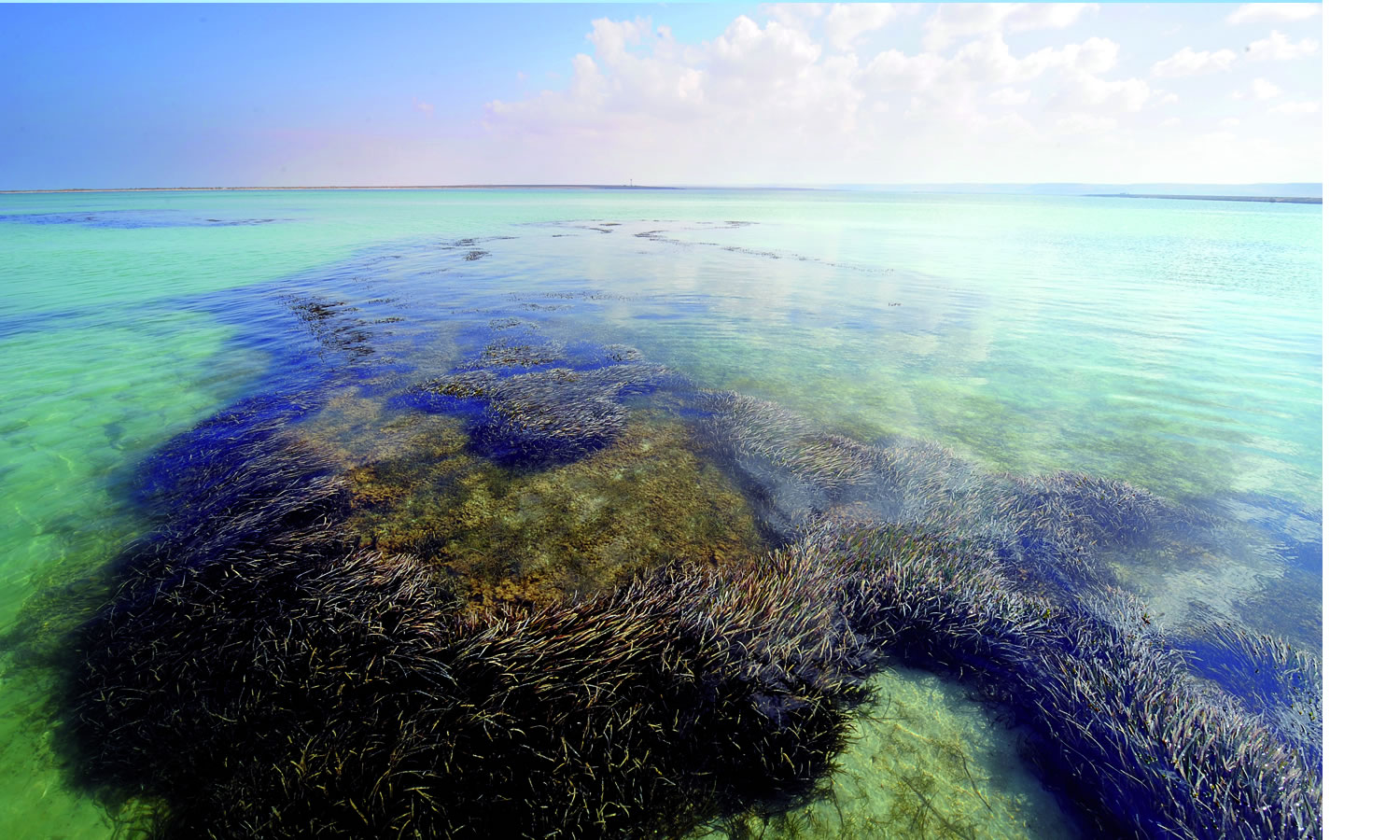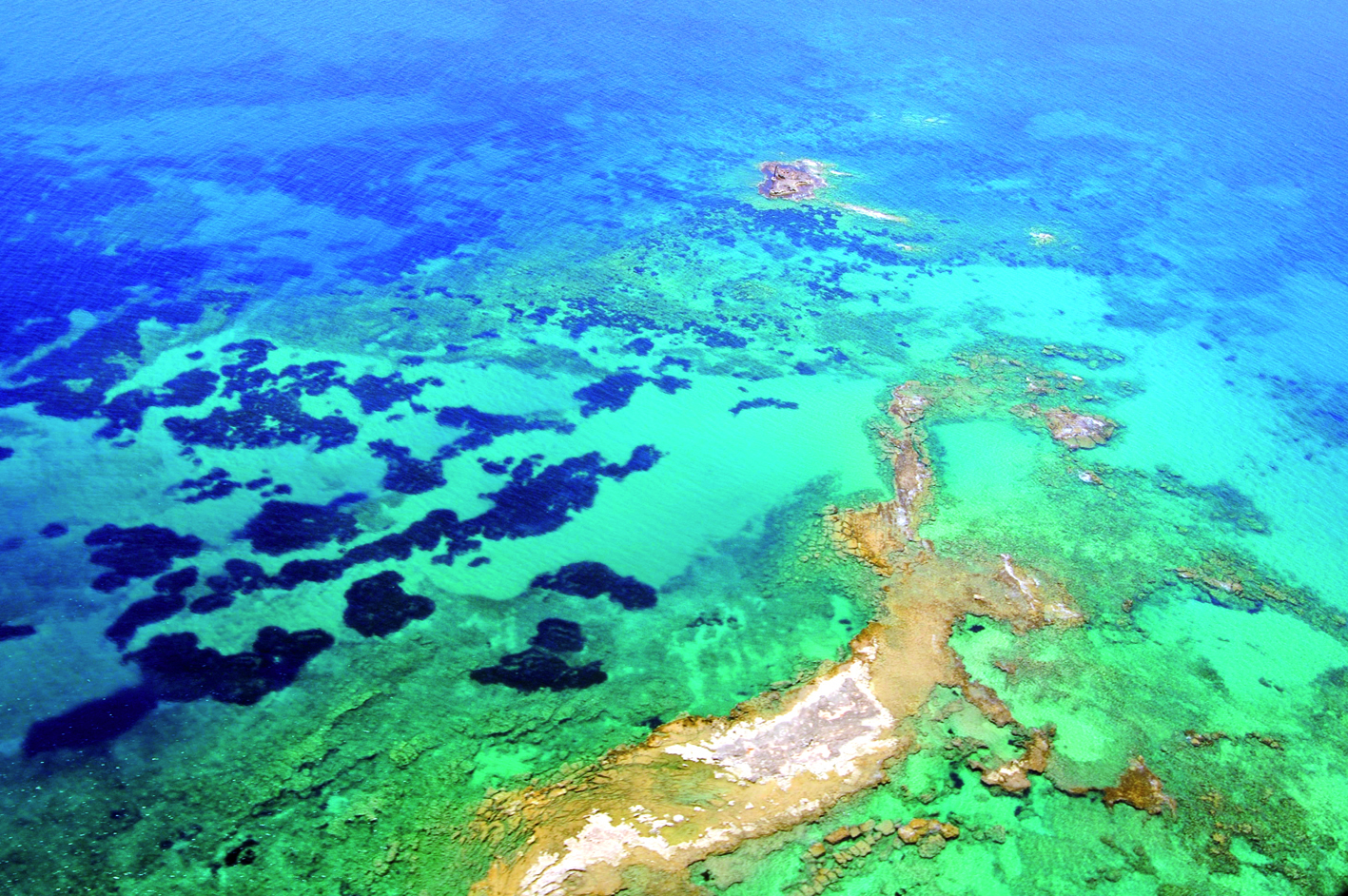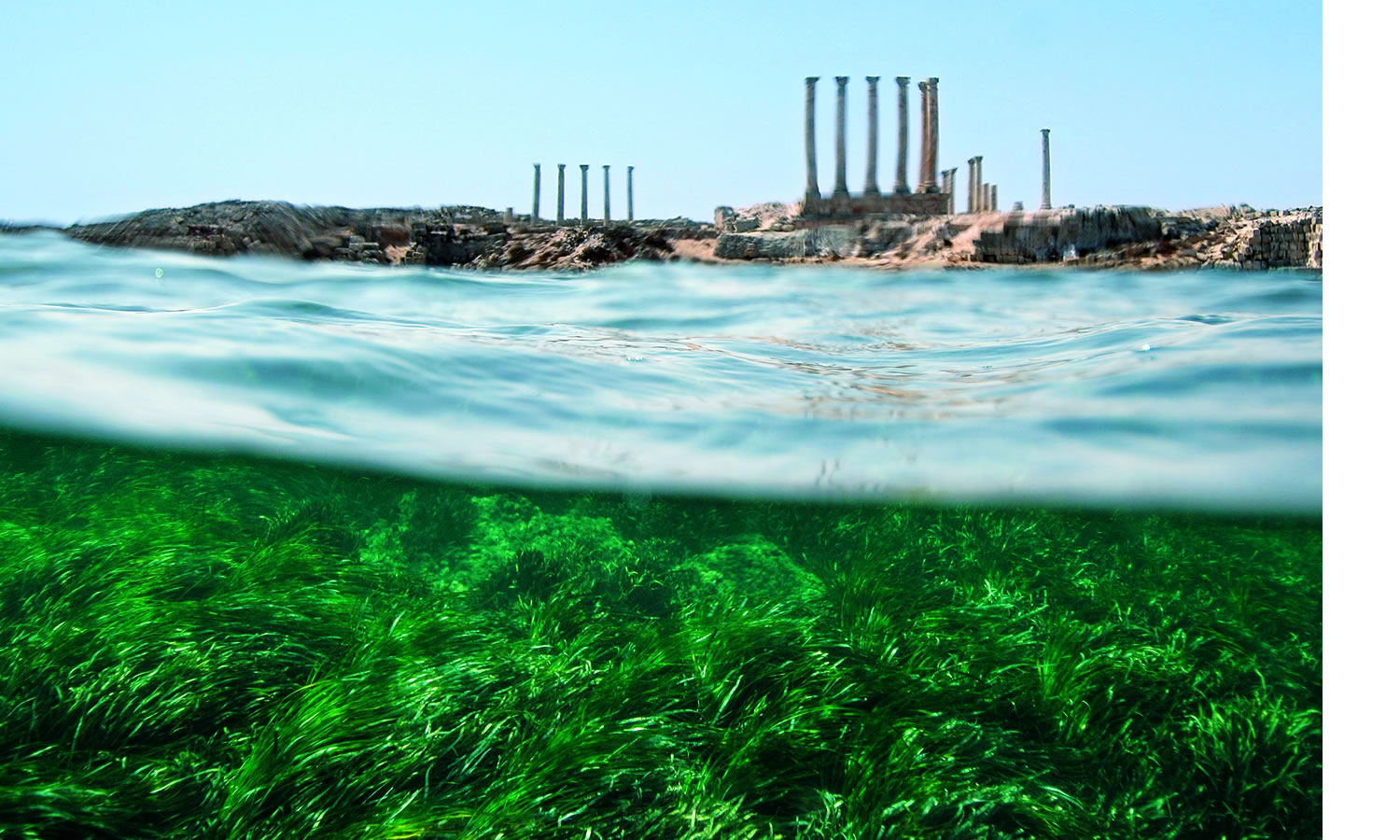Nature’s key to a bright future for Libya
As Libya emerges after a long period of political turmoil, better protection and management of its marine and coastal areas can help rebuild the country and increase the economic security of its people.
A new IUCN (International Union for Conservation of Nature) report calls for improvements in the legal and institutional framework of conservation in Libya. So far, only four Libyan sites have been declared protected areas or are being considered for protection. These include the Farwa lagoon and island, Aïn Ghazalah, Hisha nature reserve and Kouf National Park. The report identifies 24 new marine and coastal areas for protection due to their natural and economic value.
“Nature conservation is certainly not among the top priorities in Libya at present,” says Alain Jeudy de Grissac, IUCN-Med Marine Conservation Manager and one of the authors of the report. “But if we manage it properly, Libya’s natural heritage and natural resources can play an important role in securing a better future for the country and for the Mediterranean environment.”
With rare species of fish and birds, abundant marine life and unique vegetation, Libya’s coastline has a high economic, biological and social value to local communities. But uncontrolled fishing, pollution, climate change and low awareness about environmental issues among decision-makers and the public pose a serious threat to this biodiversity hotspot.
The sandy beaches of Al Araar-Bouerat lahsoun, for example, which cover 70km of the Gulf of Sirte, are the most important nesting sites for marine turtles in western Libya. This is also one of few landing sites for cartilaginous fish, such as sharks and rays, and an important area for shore birds. But lack of adequate protection, poaching and exposure to oil pollution are a growing risk to the threatened species and their fragile environment.
“Defining the key elements for conservation is a vital step towards a sustainable use of Libya's coast,” says Carl Gustaf Lundin, Director of IUCN's Global Marine and Polar Programme. “By protecting threatened species, introducing sustainable fishing practices and developing eco-tourism, places like Al Araar-Bouerat can bring wide-ranging benefits to local people.”
The report also highlights opportunities for trans-boundary conservation in the region.
The Farwa lagoon and the Abukammash area, on the border between Libya and Tunisia, are known for their high fishery productivity, but also vulnerability to pollution and other man-made threats. Cross-border cooperation would allow the two countries to exchange experiences in nature conservation and protect this area more effectively. This would be the first time for such cooperation to take place in the region.
”These biodiversity-rich sites are an important part of the whole Mediterranean ecosystem and contribute to the well-being of numerous species across the region,” adds Jeudy de Grissac. “Efforts to conserve Libya’s coast can build on experiences in other Mediterranean countries, where effective management and sustainable development of natural protected areas have benefitted the environment and local people.”
To view the report click here
For more information, or to set up interviews, please contact:
Sonsoles San Román, Communications Officer, m: +34 627719783, e sonsoles.sanroman@iucn.org
Ewa Magiera, IUCN Media Relations, m +41 79 856 76 26, e ewa.magiera@iucn.org






